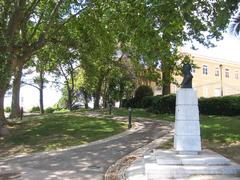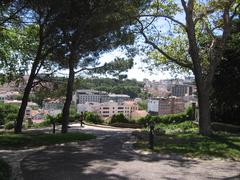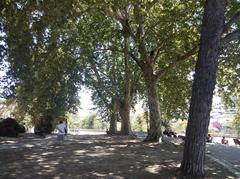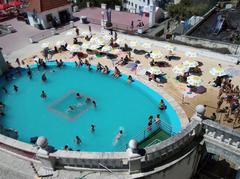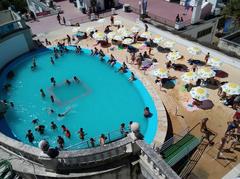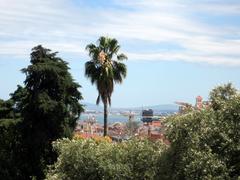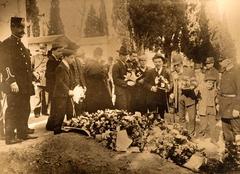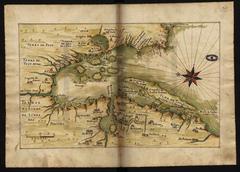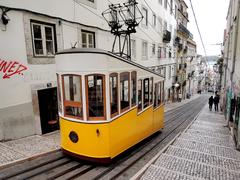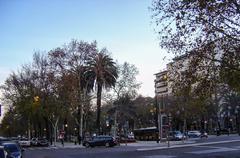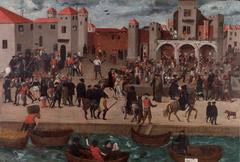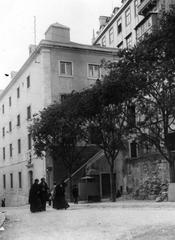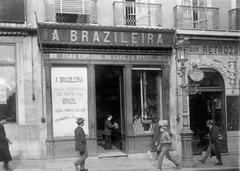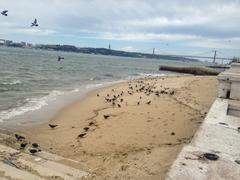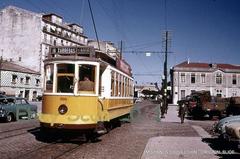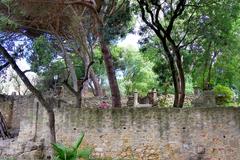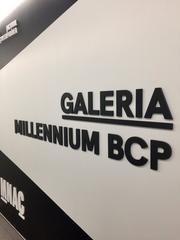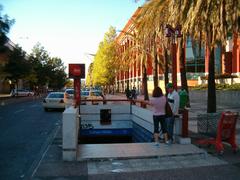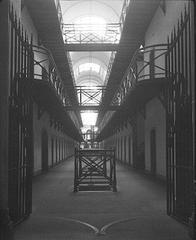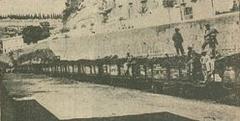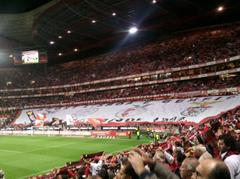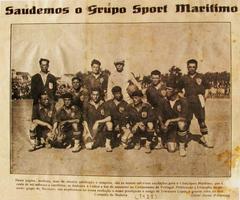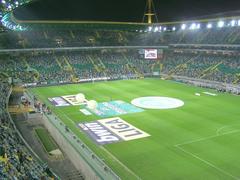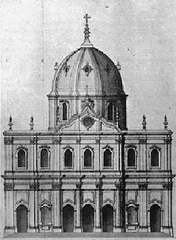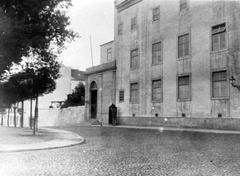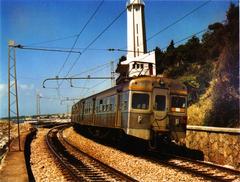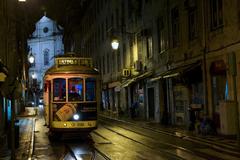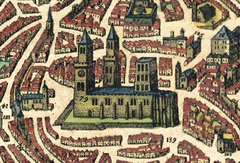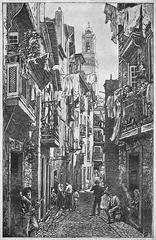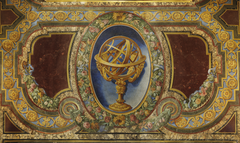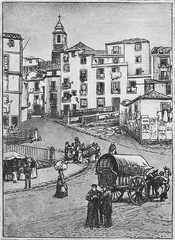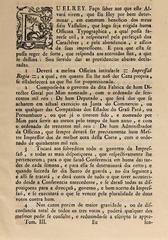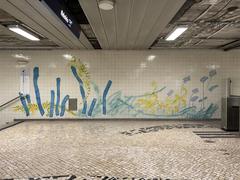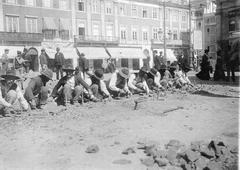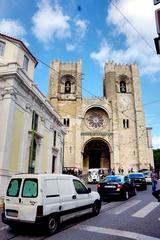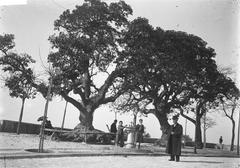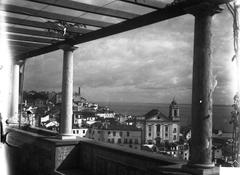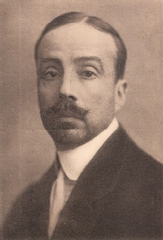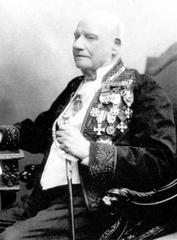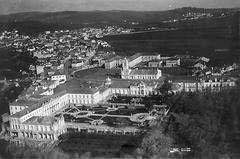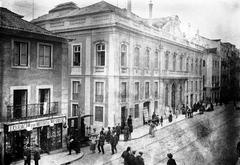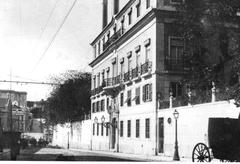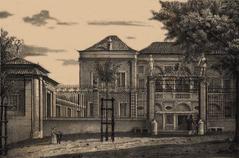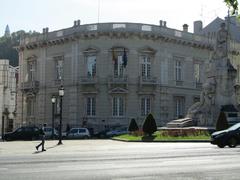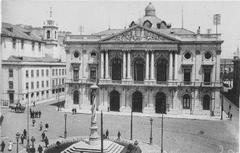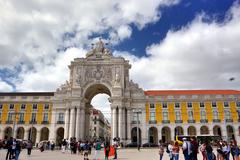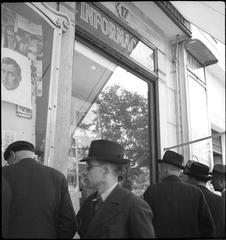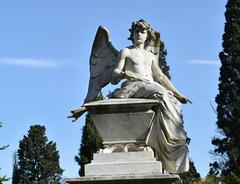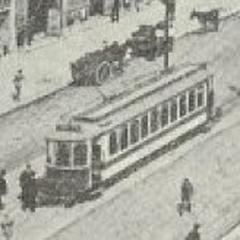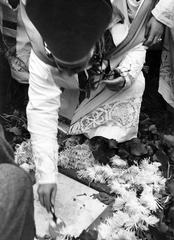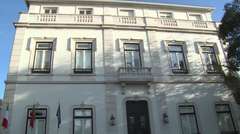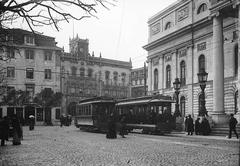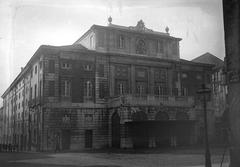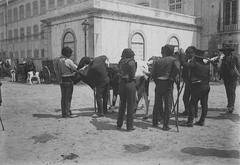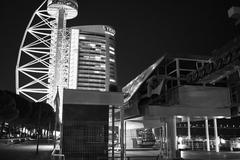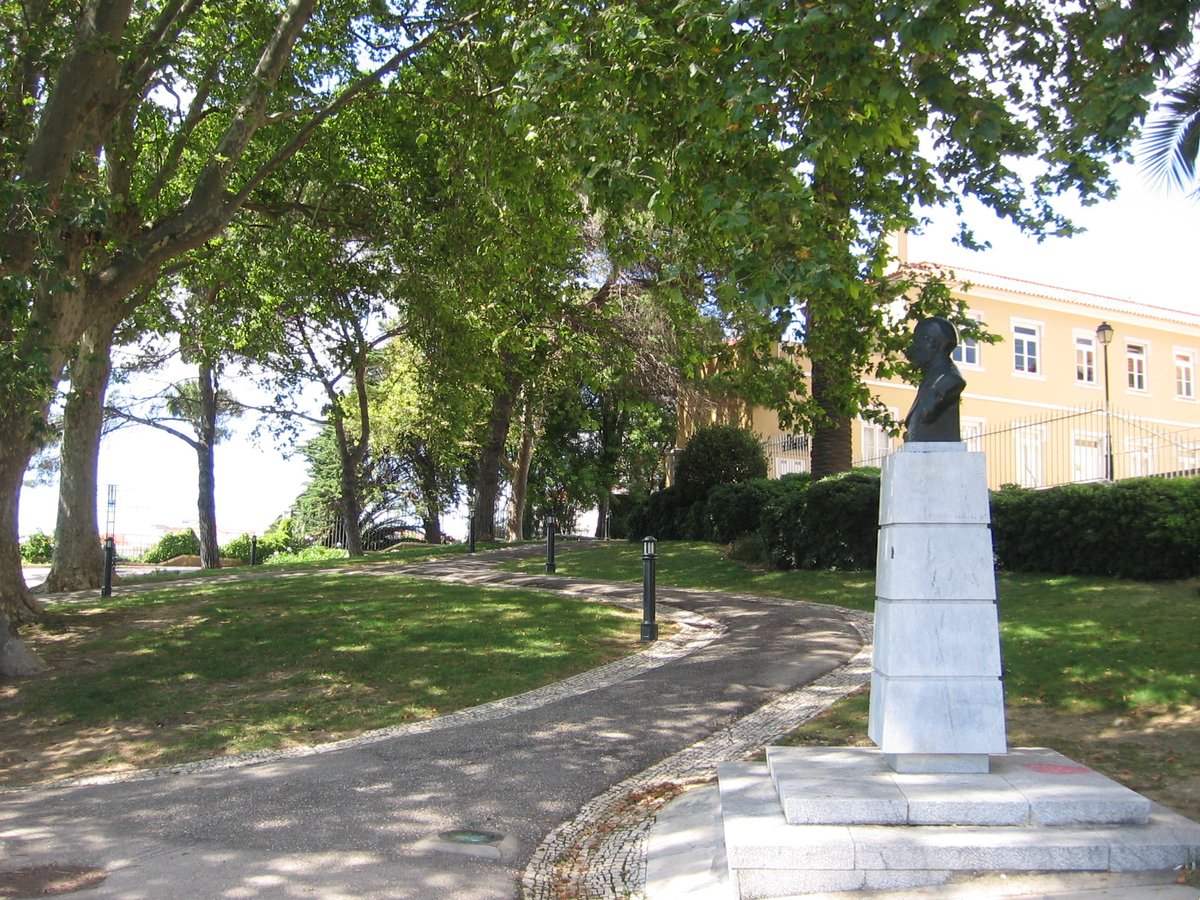
Complete Visitor Guide to Xuventude de Galicia - Centro Galego de Lisboa
Publication Date: 18/07/2024
Introduction to Xuventude de Galicia - Centro Galego de Lisboa
Contents Overview
- Introduction
- Historical Background and Cultural Significance
- The Galician Diaspora and the Birth of Xuventude de Galicia
- A Cultural Bridge Between Galicia and Portugal
- Xuventude de Galicia Today
- Traditional Music and Dance Performances
- Language Courses
- Literary Gatherings and Book Presentations
- Exhibitions and Cultural Events
- Visitor Information
- Ticket Prices
- Opening Hours
- How to Get There
- Travel Tips
- Nearby Attractions
- Accessibility Information
- Special Events and Tours
- Special Events
- Guided Tours
- Photographic Spots
- FAQ
- Conclusion
Historical Background and Cultural Significance
The Galician Diaspora and the Birth of Xuventude de Galicia
The story of Xuventude de Galicia is intertwined with the history of the Galician diaspora. Over centuries, waves of Galicians emigrated to different parts of the world, seeking better opportunities and escaping economic hardship. Portugal, with its geographical proximity and shared linguistic roots, became a natural destination for many.
In the early 20th century, Lisbon, in particular, witnessed a significant influx of Galician immigrants. These individuals, while seeking a new life, also yearned to maintain their cultural identity and connection to their homeland. This shared desire led to the formation of various social and cultural associations, and among them, Xuventude de Galicia emerged as a prominent hub.
Founded in 1921, Xuventude de Galicia was initially conceived as a space for young Galicians to gather, socialize, and preserve their cultural heritage. The founders envisioned a place where traditional music, dance, and language could thrive, fostering a sense of community and belonging among the diaspora.
A Cultural Bridge Between Galicia and Portugal
From its inception, Xuventude de Galicia has played a pivotal role in bridging the cultural gap between Galicia and Portugal. The center became a meeting point for artists, intellectuals, and individuals passionate about Galician culture, facilitating a vibrant exchange of ideas and traditions.
One of the most significant contributions of Xuventude de Galicia has been its unwavering commitment to promoting Galician language and literature. During the Francoist regime in Spain, when regional languages faced suppression, the center served as a crucial sanctuary for the Galician language. It hosted literary gatherings, published books and journals, and offered language courses, ensuring the survival and continued development of Galician literature and cultural expression.
Xuventude de Galicia Today
Traditional Music and Dance Performances
Experience the vibrant rhythms and melodies of Galician folk music and dance, keeping alive centuries-old traditions.
Language Courses
Immerse yourself in the beauty of the Galician language through interactive courses offered at various levels.
Literary Gatherings and Book Presentations
Engage with contemporary Galician authors and delve into the world of Galician literature.
Exhibitions and Cultural Events
Explore the diverse artistic expressions of Galicia through exhibitions showcasing painting, sculpture, photography, and more.
Visitor Information
Ticket Prices
Admission to Xuventude de Galicia is often free for many events, but some special exhibitions or performances may require a ticket. Check the official website for detailed pricing information.
Opening Hours
Xuventude de Galicia is typically open from 10 AM to 8 PM, Monday through Saturday. However, hours may vary depending on specific events or seasons. It is advisable to check their official website for the most up-to-date information.
How to Get There
Located in central Lisbon, Xuventude de Galicia is easily accessible by public transportation. The closest metro station is Baixa-Chiado, just a short walk away. Several bus routes also pass nearby, making it convenient for visitors to reach.
Travel Tips
- Plan Ahead: Check the schedule of events on the official website to make the most of your visit.
- Comfortable Shoes: The center is located in a historic part of Lisbon with cobblestone streets, so wear comfortable footwear.
- Local Cuisine: Take the opportunity to explore nearby restaurants and try traditional Galician and Portuguese dishes.
Nearby Attractions
- Castelo de São Jorge: A historic castle offering panoramic views of Lisbon.
- Rua Augusta Arch: A stunning triumphal arch and a popular tourist spot.
- Lisbon Cathedral: One of the oldest and most significant churches in Lisbon.
Accessibility Information
Xuventude de Galicia is committed to accessibility and offers facilities to accommodate visitors with disabilities. The center is equipped with ramps and elevators to ensure everyone can enjoy the cultural offerings.
Special Events and Tours
Special Events
Throughout the year, Xuventude de Galicia hosts a variety of special events, including cultural festivals, guest performances, and holiday celebrations. These events often highlight specific aspects of Galician culture and are a must-see for visitors.
Guided Tours
For a more in-depth experience, consider joining one of the guided tours offered by Xuventude de Galicia. Knowledgeable guides provide insights into the history and cultural significance of the center, making your visit even more enriching.
Photographic Spots
Xuventude de Galicia features several picturesque spots ideal for photography. Capture the beauty of the historic buildings, vibrant artworks, and lively performances to remember your visit.
FAQ
Q: What are Xuventude de Galicia’s visiting hours? A: The center is typically open from 10 AM to 8 PM, Monday through Saturday. Check their official website for the latest information.
Q: Are there guided tours available? A: Yes, guided tours are available and provide an enriching experience of the center’s history and cultural significance.
Q: How much do tickets cost? A: Many events are free, but some special exhibitions or performances may require a ticket. Visit the official website for detailed pricing information.
Q: Is Xuventude de Galicia accessible for visitors with disabilities? A: Yes, the center is equipped with ramps and elevators to accommodate visitors with disabilities.
Conclusion
Xuventude de Galicia stands as a powerful symbol of cultural resilience and the enduring bonds forged through shared heritage. It serves as a reminder of the importance of preserving cultural identity while embracing the richness of intercultural dialogue. Visiting Xuventude de Galicia offers a unique opportunity to connect with the Galician diaspora, experience the richness of Galician culture, and learn about the historical ties between Galicia and Portugal. For more updates and information, follow us on social media or visit our website.
